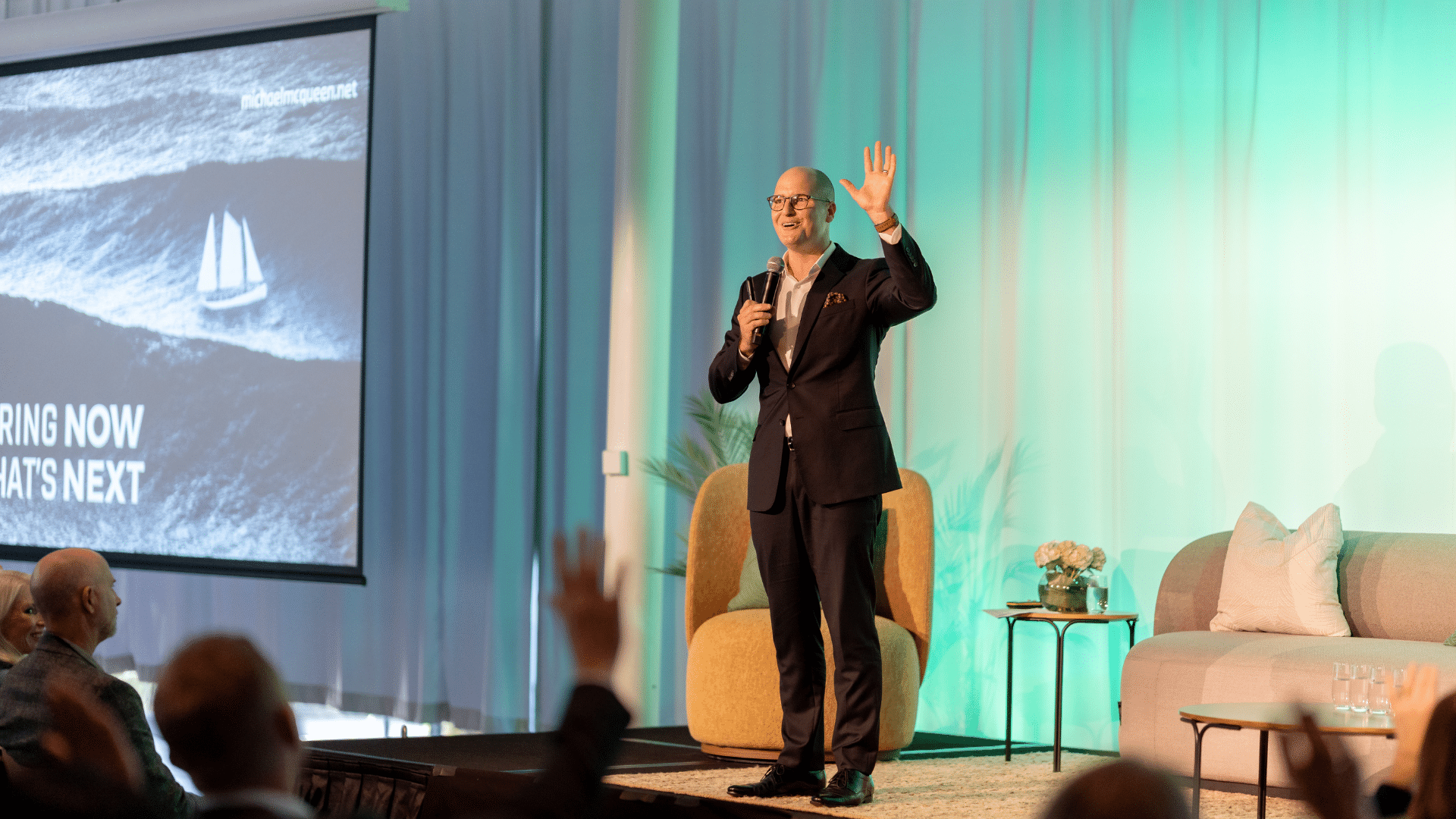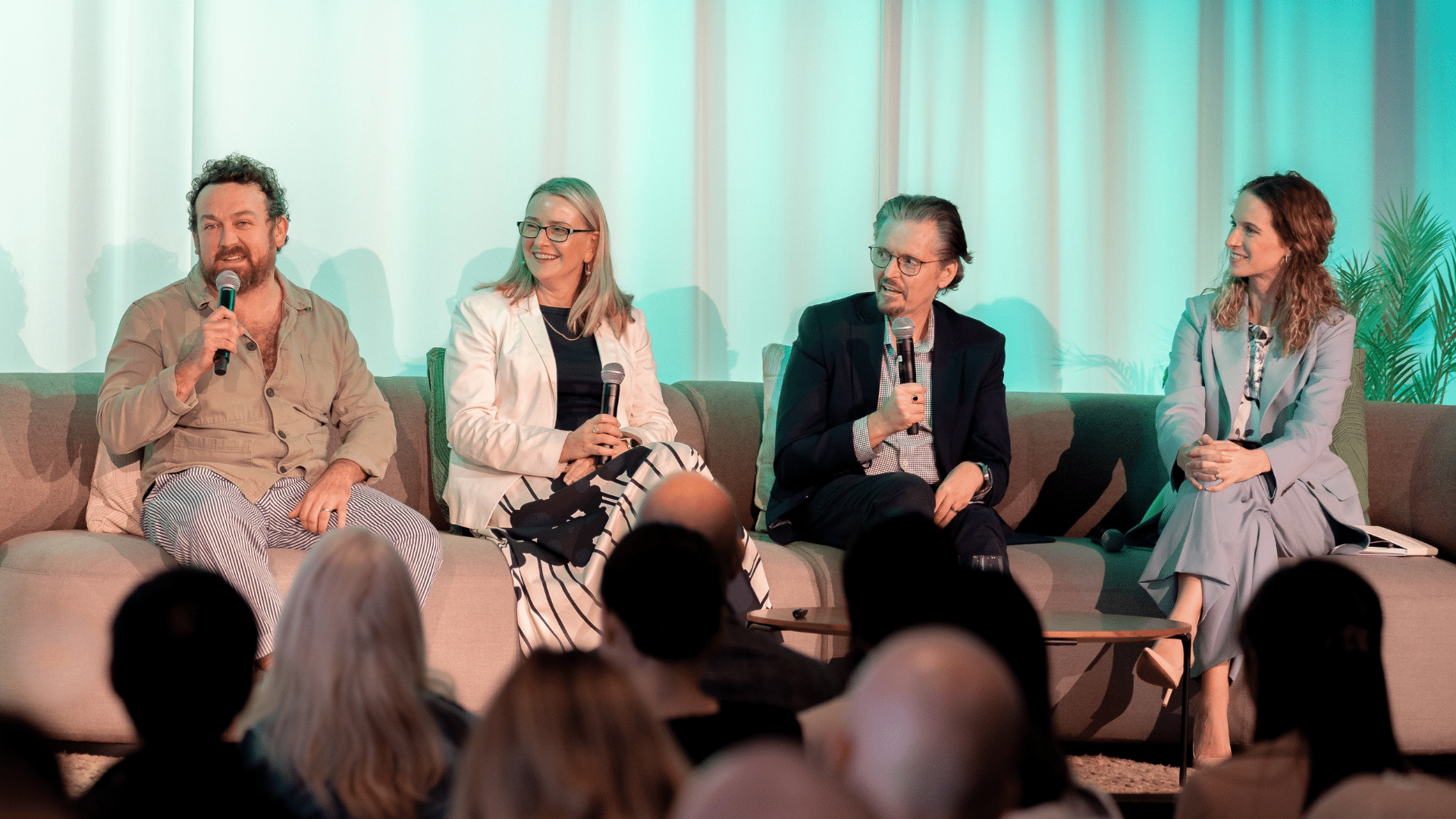
Discover how Human Geographers and Workplace Strategists use insights from ethnographic research to enhance the quality of the Workplace Strategy.
What is a Workplace Strategy?
A workplace strategy is an integrated approach that links organisations’ work patterns (how work is done) with the work environment (where work is done) to enable peak performance.
Organisations often turn to workplace strategists for a variety of reasons, with one of the most common scenarios being the approach of their lease’s expiration date. This moment requires making critical decisions about whether to renew and stay in their current office building or to move to a new location.
To ensure the ideal decision is made, organisations must determine the precise amount and types of spaces needed, as well as uncover what the right ways of working (hybrid, remote, flexible, allocated desks, etc.) will be for their company in the short- and long-term.
The development of a well-crafted workplace strategy introduces a methodical, scientific approach to this planning and decision-making process, removing the element of guesswork. This allows leaders to make well-informed decisions, ensuring that their choices are based on a solid understanding of their space requirements and how their work environment can optimally support the organisation’s objectives and the well-being of its employees – all while delivering an outstanding overall return on investment.
Like a unique key designed to unlock only one door, each organisation needs its own workplace strategy to unlock its peak potential.
“Workplace Strategy plays a pivotal role in driving organisational success. What is unique about our approach is that we leverage ethnographic research models, which delve deeply into understanding the intricacies of activities and behaviours transpiring within the workplace.” – Tica Masuku, Workplace Strategy Director at Spaceful.
What is ethnographic research?
Ethnographic research, or Ethnology, is a qualitative data-collection method commonly used in the social and behavioural sciences (human-centred research) – Source. Data is collected through interviews and observations, which are then used to draw conclusions about the beliefs, values, and practices of different societies and groups – essentially informing us about how they function.
This human-centred research requires minimal interference by the observer. By immersing themselves into the organisation like an undercover spy, they can obtain a very real and objective understanding of people’s natural reactions and relations to that environment.
While quantitative data collection methods, such as employee surveys and questionnaires, are vital for any workplace strategy, there is always the possibility that they contain response bias. This immersive aspect of ethnographic research means that, while it doesn’t completely eliminate the influence of an observer on ‘usual behaviour’, it significantly minimises disruption of the existing daily operations of the organisation, allowing for a more accurate and organic observation of employee behaviour.
Why is ethnographic research an important element of Workplace Strategy?
Thorough Human Geographers and Workplace Strategists use ethnographic research insights to enhance the quality, and improve the accuracy of, the Workplace Strategy, which in turn improves business leaders’ ability to confidently make smart organisational decisions.
Ethnographic research uncovers human-related complex dynamics within the work environment by observing things that: a) are not said and, b) cannot be determined by looking at an office floor plan on the screen. Some examples of these observations include:
- Unexpected congregation spaces; are staff gathering in unexpected places? What is the impact of these unintended gathering spaces on people’s workflow?
- Common pathways taken by staff throughout the day; does the space and team set-up facilitate enough natural encounters between the right teams to encourage cross-collaboration?
- Is the office kept clean and tidy? I.e., no dirty dishes, no dust collecting, staff taking responsibility for their used dishes.
It also pays great attention to the five-senses experience within an office space. Everything from odd smells to inaccessibly heavy doors, to stained couches. While some of these observations may seem small, they can significantly affect the way staff operate within the workplace.
“The crux of undertaking a workplace strategy lies in employing ethnographic research to deeply comprehend workplace activities and behaviours. When we work with our clients, we immerse ourselves in the day-to-day experiences of employees, closely observing their interactions, rituals, and work processes. This foundation informs decision-making, optimises space design, and future-fits the space.” – Tica Masuku.


